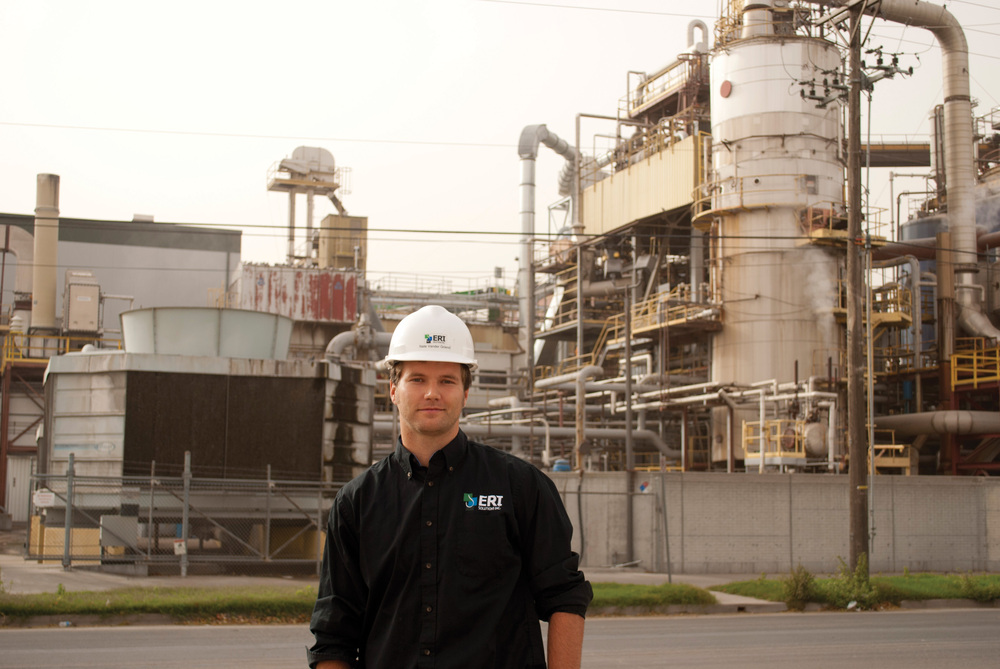Biodiesel Industry Regulated




November 2, 2012
BY Nathan Vander Griend
Safety training, work permits, standard operating procedures and what seems to be an almost endless amount of documentation can be a burden to an operating facility. It hasn’t always been that way, but today in the life of a biodiesel producer, there are a great deal of regulatory requirements in place to reduce workplace injuries and fatalities.
With the Occupational Safety and Health Act of 1970, Congress created the Occupational Safety and Health Administration to assure safe and healthful working conditions for working men and women by setting and enforcing standards and by providing training, outreach, education and assistance.
OSHA tends to be the driving force in getting movement on pertinent issues across all industries. For example, management personnel oftentimes just accepts and agrees that a certain amount of noncompliance or minor worker compensation claims are a part of doing business, and are risks they are willing to take. These, today more than ever, are futile assumptions largely because of the OSHA enforcement efforts. On average in the U.S. biofuels industry, there are at least two workers compensation claims annually. The insurable cost of those claims average approximately $12,000, or $6,000 per claim, but that is why people buy worker compensation insurance, so why should you care? Because of the downstream effects of those claims, such as OSHA citations, increased insurance costs, replacing time of the injured employee, administrative time to deal with claims, and the most invaluable of them all, management responsibility. As management of a company, the buck stops with you, not only emotionally, but legally as well. According to the National Safety Council, the uninsurable cost of claims are, on average, four times the insurable or direct cost, giving biofuels producers $48,000 net loss to the bottom line. When the numbers are laid out, it is easy to see that there is a real, tangible value to care about this topic and to spend time and resources on safety.
When looking at safety and compliance risks specifically within the biodiesel industry, and more specifically within an individual company, it is important to use a systematic approach to determine the importance of each. Categorizing each potential risk into a risk matrix will provide a pathway for continuous improvement. A great place to start is to identify risks through a comprehensive facility audit. This should outline all of the risks, both safety and compliance related, for your staff to prioritize and address.
Lately, it seems the enforcement group of OSHA is the most active in the biodiesel industry, due to a handful of fires and explosions. Just like large chemical and refining operations, biodiesel production poses a significant risk of catastrophic events occurring if comprehensive Process Safety Management programs and training are not in place and followed religiously. Process Safety Management (29 CFR 1910.119), as defined by OSHA, is in place to set forth requirements for preventing or minimizing the consequences of catastrophic releases of toxic, reactive, flammable or explosive chemicals, as these releases may result in toxic, fire or explosion hazards.
Advertisement
Advertisement
To make it simple, a PSM program in biodiesel is a very systematic approach to manage and ensure that you operate your processes containing hazardous materials such as methanol, sodium methylate and biodiesel in a safe manner. This is done by limiting potential for unintended mixing, equipment failures, and unplanned maintenance while ensuring employees understand the process through involvement and training.
Beyond the current “hot issue” of PSM compliance, there are several compliance topics that all biodiesel producers should be in tune with to ensure citations are avoided. Below is a brief snapshot of three of the most looked at and easily definable regulatory requirements per OSHA.
Written Safety Policy: A written safety plan, or policy, is required for all workplaces. This policy should be accessible to all employees. The safety plan states the purpose of the company to protect workers, details who is responsible for implementing safety programs, and provides contact information for reporting unsafe work conditions. The main portion of the safety policy should also address the hazards a worker may encounter on the job, as well as how management, supervisors, and workers, can avoid being injured around those hazards. Safety checklists and any needed permits for specific types of work need to be included in the proper section of the safety policy.
Safety Training: OSHA also requires all workers to complete a 10- or 30-hour safety training course, given by an OSHA-certified trainer, such as the company's safety director or a consultant from a professional safety training company. Training must be completed before beginning work at a particular company. Some companies allow previously trained new-hires to provide proof of training from a former job, if the training is relevant. All workers have the right and the responsibility to be trained in all areas of safety that will affect his or her safety on the job. Other training as needed should be provided, such as when new equipment is presented on the job, new safety policies are added or an unfamiliar work situation arises.
Advertisement
Advertisement
Record Keeping: Record keeping for the workplace includes documentation of employee training, records of illness and injuries on the job, and proof of licensing for workers who operate certain equipment or vehicles. OSHA and state authorities require periodic records concerning injuries and illnesses. Hazardous materials in the workplace, even substances such as dishwashing soap or floor cleaning materials, must have a Material Safety Data Sheet (MSDS, now referred to as SDS) on file. In the world of OSHA and EPA regulation, if it isn’t documented, it will be treated as if it never happened.
While on the subject of regulatory scrutiny, there are several regulations that apply to the biodiesel industry that fall under the U.S. EPA’s authority. All facilities that have the potential to emit an air contaminate are regulated under the Clean Air Act, requiring some form of air permit. All biodiesel facilities have the potential to come in contact with storm water, requiring the need for storm water pollution prevention plans and spill plans as industrial sources. Additionally, since biodiesel facilities have explosive and potentially harmful materials onsite, they trigger additional requirements for plans/approvals under Sara Title 313, and RCRA (additional EPA regulations). It is recommended that every facility know what environmental regulations they are also applicable to, as to not have noncompliance exposure related to EPA requirements.
A lot has been learned through working hand-in-hand with biofuels producers, agribusiness companies and chemical production facilities over the past decade. One key thing to understand going forward is excuses, such as “we didn’t know” or “we planned to do that,” simply aren’t going to fly any longer.
As the federal government continues to look for ways to balance the budget, it seems as if tightened OSHA and EPA regulations will not waiver. It is much easier to hear in the news that XYZ Biodiesel was fined $75,000 for failure to comply with a certain safety regulation than it is to hear that their income tax rate is going up.
OSHA regulation might be a nuisance, but it is there for good reason, and they are no longer sitting around.
Author: Nathan Vander Griend
Vice President of Client Services, ERI Solutions Inc.
316-927-4294
Nathan.Vandergriend@erisolutions.com
Upcoming Events





